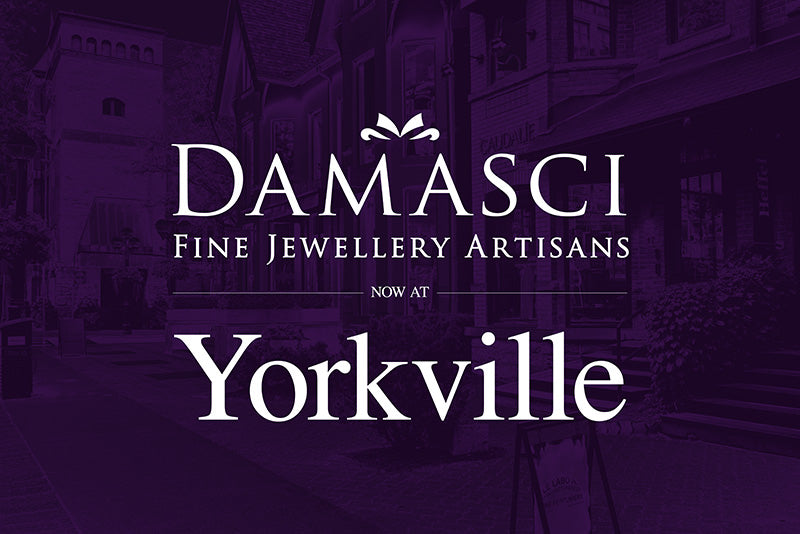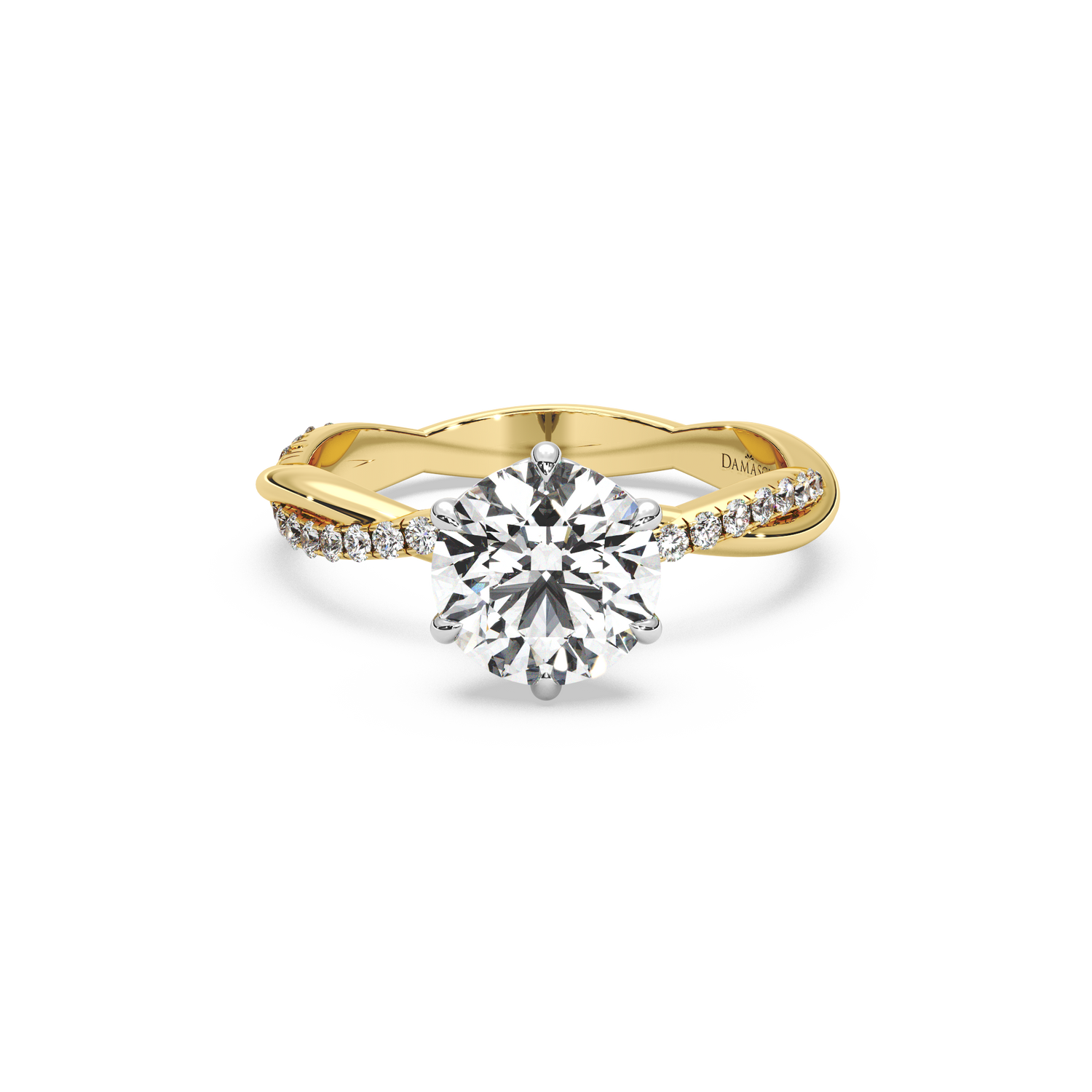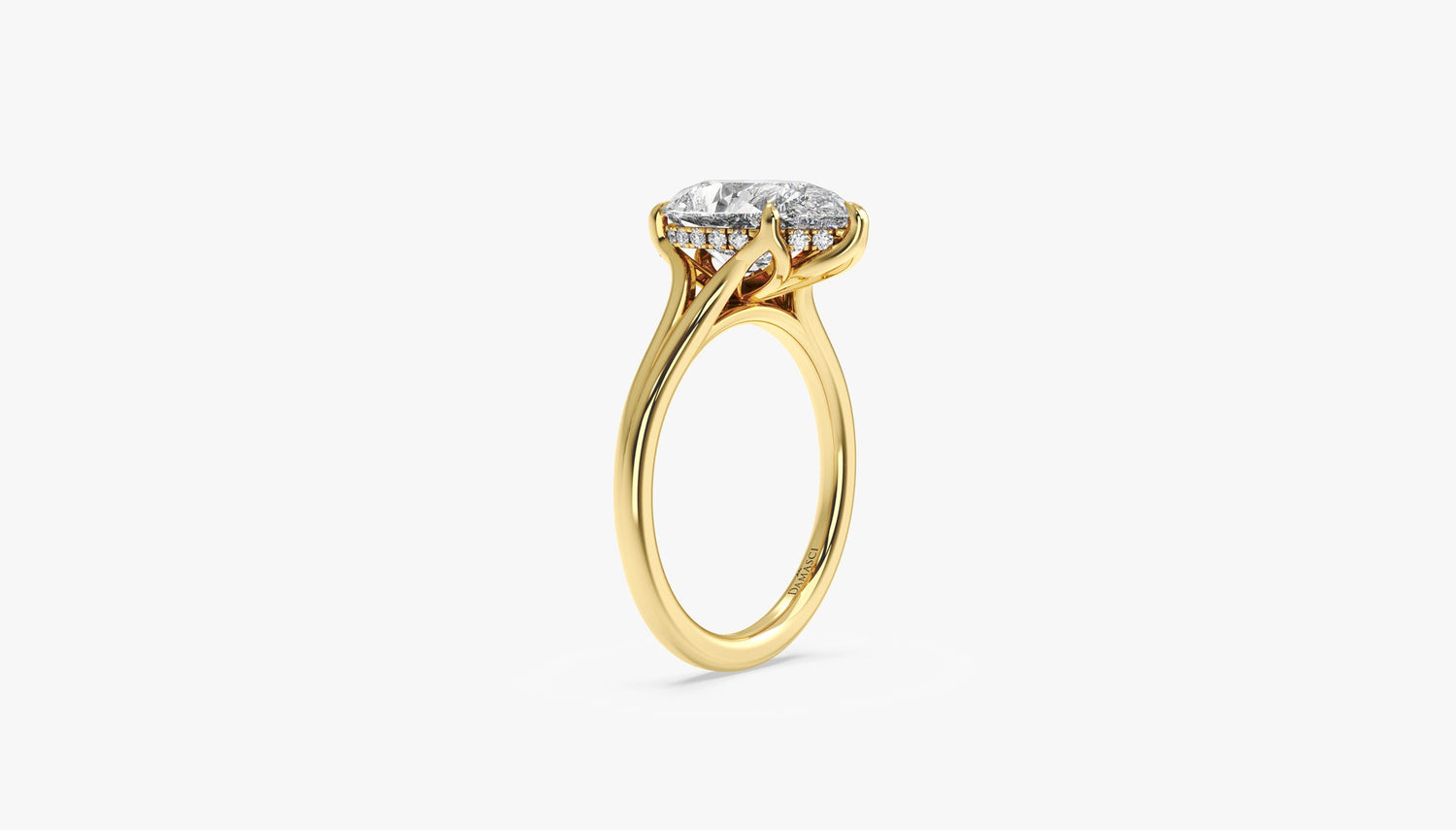When it comes to picking a diamond, there are a lot of things to keep in mind. In fact, a lot of people find themselves getting worried, anxious, and stressed out while shopping for diamonds. Thankfully, spending some time learning about diamonds and how to compare diamonds to one another can help alleviate some of this stress and make you feel more comfortable with engagement ring shopping process.
To learn more about diamond quality, please visit our diamond education center.
When you do some research on diamonds, you’ll quickly discover the 4 Cs of diamond quality. This refers to the cut, color, clarity, and carat weight of a diamond. While all four of these aspects are important to the overall look of a diamond, perhaps the most important aspect when it comes to the beauty and sparkle of a diamond is the cut.
When a diamond sparkles, people pay attention. A beautiful, sparkling diamond is an incredible sight to see. When you present your loved one with an engagement ring, you want it to sparkle and give off brilliant flashes of light that will truly catch her eye. This means getting a diamond with a great cut.
Why Cut is Important
The cut of a diamond refers to the symmetry, polish, and proportions of a diamond. This is not to be confused with the shape of the diamond. The shape refers to how a diamond physically looks. Diamond shapes include round, princess, emerald, etc.
When you’re looking at cuts, you’re looking at how the finished diamond is created from the rough stone. When cutting a diamond, the diamond cutter will try to balance a great cut against the stone’s maximum yield. This means they’ll want to get the largest diamond they can from the rough stone while still cutting a diamond to proper proportions.
When successful, a diamond with great proportions will reflect light better than one that is poorly cut. If a diamond is cut too shallow, then light will escape out of the sides of the diamond rather than being reflected off the top. The resulting diamond will lack sparkle and brilliance.
However, if a diamond is cut too deep, a similar situation will occur. Light will reflect poorly and the diamond will appear muted and dull.
A diamond that is cut properly, on the other hand, will reflect light beautifully. The proportions and angles of the diamond will make sure that light reflects from the diamond and that it sparkles brilliantly.
Diamond Cut Grades
There are many different cut grades and, as mentioned, higher quality cuts will look much nicer. At Damasci, we only deal in four cut grades:
- Damasci Supreme Cut – Only the top 1% of diamonds fall into this category
- Ideal Cut – The top 3% of diamonds are considered ideal
- Very Good Cut – About 15% of diamonds fall into this grade
- Good Cut – About 25% of diamonds are in this grade
Any of the above grades will reflect light very well, resulting in a beautiful diamond that is a joy to look at. However, there are lower cut grades that you may find available at other jewelers. These include Fair Cut and Poor Cut. These reflect light less brilliantly and the resulting diamond will look dull and boring, even if it has relatively good grades on the clarity, color and carat weight.
Choosing a Great Cut
The cut has a huge impact on the overall look of a diamond. If a stone isn’t well-cut, it will look dull and uninteresting. A poor cut can seriously detract from the appearance of a diamond, even when the diamond in question has excellent color and clarity ratings. Larger diamonds, that have higher carat weights, will look smaller and less impressive than other stones if they have a poor cut.
On the other hand, a diamond that has lower clarity and color ratings will still look very pleasing if it is cut very well. In fact, smaller diamonds that are very well cut will actually look bigger in many cases, as their sparkle and brilliance cause them to be much more eye-catching.
When it comes to buying a diamond, select the best cut that you can afford and then look for stones that receive good grades for clarity and color as well. Some people make the mistake of trying to buy the largest diamond with the largest carat weight, but they ignore the cut. This means they could be getting a large diamond that looks much less interesting than a smaller one.





